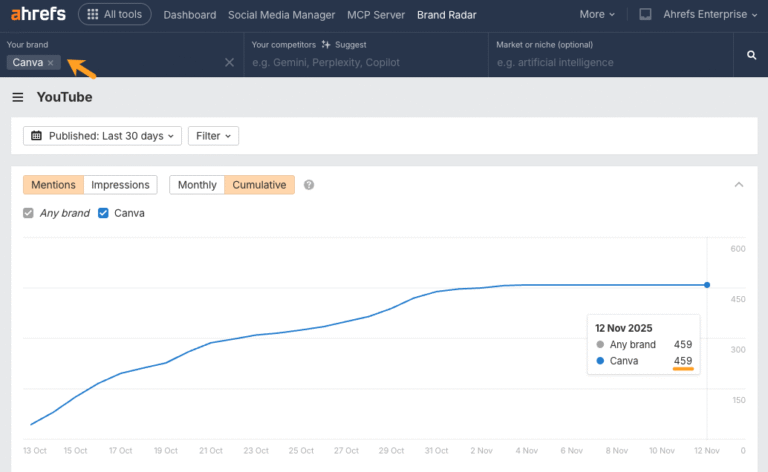

In an increasingly interconnected digital world, cross-border data transfer has become a cornerstone for global websites and enterprises operating across jurisdictions. As organizations expand into new markets—especially China and the Greater Bay Area—understanding and complying with China cross-border data transfer rules and evolving China data transfer regulations is not just a legal necessity, but a strategic imperative for business continuity, customer trust, and operational agility.
Navigating the China Data Export Landscape
Recent years have seen substantial changes in China’s data export landscape, driven by the enactment of the Cybersecurity Law, Data Security Law, and the Personal Information Protection Law (PIPL). These sweeping regulations set strict conditions for data export from China, introducing security assessments, standard contractual clauses, and protection certifications for various data transfer scenarios.
For most global enterprises, the core challenge lies in determining which regulatory route applies—whether a security assessment by the Cyberspace Administration of China (CAC) is required, if a standard contract suffices, or if exemption conditions can be leveraged. The latest provisions, effective from March 2024, have streamlined certain compliance requirements, allowing more flexibility for routine business operations, such as HR management or cross-border transactions that are essential for service delivery.
Key Considerations for International Data Transfers
When it comes to China cross-border data transfers, businesses should consider:
- Nature and Volume of Data: Larger datasets or transfers containing “Important Data” or sensitive personal information are subject to more stringent scrutiny, including mandatory security assessments or certifications.
- Legal Basis and Documentation: Enterprises must ensure they have a clear lawful basis for each transfer, supported by comprehensive personal information collection statements and user consent where required.
- Contractual Protections: Leveraging standard contractual clauses, as published by the CAC, helps mitigate risk and demonstrates due diligence—especially when working with overseas partners and service providers.
- Transfer Impact Assessments: Similar to GDPR, conducting a transfer impact assessment is increasingly seen as best practice, evaluating the data protection environment of recipient jurisdictions and the effectiveness of implemented safeguards.
- Exemption Scenarios: The latest regulations offer exemptions for certain routine transfers, such as those necessary for contract performance, HR administration, or emergency situations, provided data volumes remain within defined thresholds.
Hong Kong as a Strategic Data Hub
Hong Kong remains a unique gateway for cross-boundary data flow between China and the rest of the world. While its Personal Data (Privacy) Ordinance (PDPO) does not currently impose statutory restrictions on cross-border data transfer, it does require data users to adopt reasonable contractual and organizational measures to protect personal data—mirroring international best practices. Businesses operating in or via Hong Kong should remain vigilant, as future legislative changes may introduce new compliance requirements to align more closely with global standards.
Understanding Regional Variations and the Greater Bay Area Advantage
China’s national data export regulations provide the framework, but regional policies—like those in the Guangdong-Hong Kong-Macao Greater Bay Area (GBA)—can offer added flexibility. Companies operating in the GBA or Free Trade Zones may enjoy simplified compliance and fewer restrictions on data flows, supporting faster collaboration and digital growth. However, these advantages come with changing criteria and require ongoing regulatory monitoring. By staying informed and adaptable, businesses can benefit from local incentives while maintaining alignment with overarching national laws.
Transfer Impact Assessments: A Critical Compliance Tool
Transfer Impact Assessments (TIAs) are vital as China’s data export rules converge with international standards. TIAs help organizations evaluate risks when sending data abroad by reviewing local laws and security measures. For companies engaging overseas partners or using external cloud services, TIAs highlight potential vulnerabilities and guide the implementation of safeguards like encryption and audit trails. Regularly conducting TIAs not only ensures compliance but also reassures partners and customers about data protection practices.
Practical Solutions for Secure and Compliant Data Export
To enable seamless and secure global operations, organizations should focus on a multi-layered approach:
- Policy and Process: Establish clear internal policies and procedures for handling cross-border data transfers, ensuring all staff and partners understand their responsibilities.
- Technical Safeguards: Employ robust encryption, access controls, and continuous monitoring to secure data both in transit and at rest, especially when leveraging cloud services or third-party processors.
- Vendor Management: Carefully vet international vendors and partners, ensuring they adhere to equivalent data protection standards and are bound by enforceable contracts.
- Documentation and Transparency: Maintain detailed records of transfer activities, risk assessments, and compliance reviews—ready for regulatory scrutiny or customer inquiries.
The Role of Contracts and Model Clauses in Mitigating Risk
Contracts, especially those based on model clauses from regulators, are essential for safe cross-border data transfers. These agreements set clear rules for data use, retention, and breach notifications. By adopting and regularly updating these clauses in supplier and partner contracts, companies can meet compliance requirements and minimize legal risks. Legal guidance helps ensure contracts fit multiple jurisdictions and evolving regulations, supporting secure and uninterrupted global operations.
Leveraging Expert Infrastructure for Global Data Exchange
Reliable infrastructure is the foundation of secure, high-performance cross-border data flows. Enterprise-grade hosting providers like Dataplugs offer dedicated servers, secure hosting environments, and network solutions designed for organizations navigating complex regulatory environments. With data centers strategically located in Hong Kong and direct connectivity to mainland China, Dataplugs supports businesses in achieving compliance with China data export requirements while delivering optimal website speed, security, and uptime for users worldwide.
Balancing Compliance with Business Agility and Innovation
Compliance should support, not limit, business flexibility. Automating policy management and monitoring reduces manual work and speeds up responses to regulatory changes. Tools like real-time consent management and AI-driven security alerts make it easier to protect data while innovating. By treating compliance as a business enabler, companies can build trust and adapt quickly. Infrastructure partners like Dataplugs offer compliant, agile hosting that helps businesses grow across borders with confidence.
Future-Proofing Your Cross-Border Data Strategy
The regulatory landscape for China cross-border data transfer will continue to evolve, shaped by emerging technologies, international trade agreements, and collaborative frameworks like the Greater Bay Area’s data flow initiatives. Forward-thinking organizations should adopt an adaptive approach—regularly reviewing compliance, investing in scalable infrastructure, and staying informed on regulatory updates.
Conclusion: Enabling Global Success Through Compliant Data Transfer
Enabling secure, compliant cross-border data transfer is essential for any enterprise with international ambitions, particularly those serving or collaborating with partners in China. By understanding the nuances of China data transfer regulations, implementing robust technical and organizational safeguards, and partnering with experienced infrastructure providers, businesses can unlock new markets and deliver reliable digital experiences on a global scale.
For organizations seeking to future-proof their cross-border data strategies, trusted partners like Dataplugs provide the expertise, technology, and localized support necessary to navigate the complexities of global data exchange—empowering your website to thrive in an era of heightened regulation and digital opportunity via live chat or email at sales@dataplugs.com.





